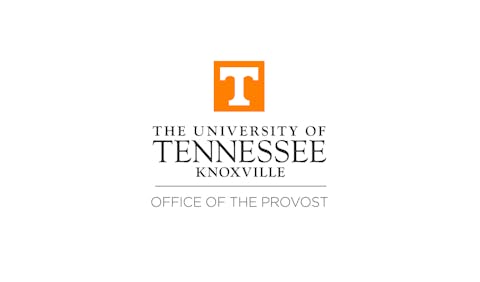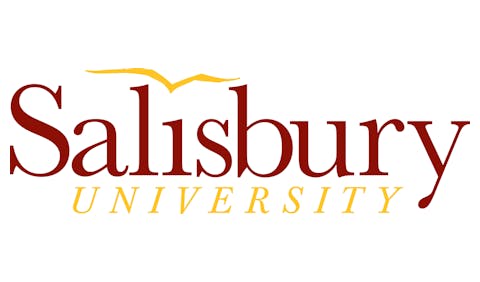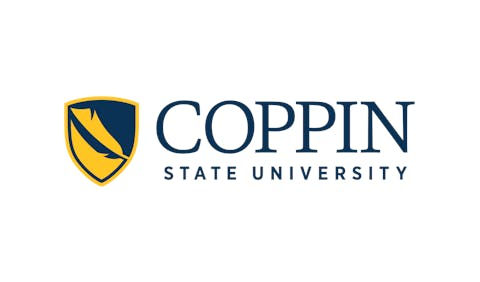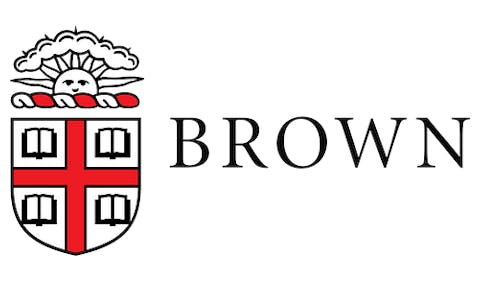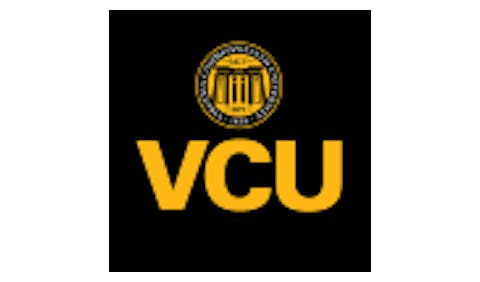 Dr. Kelly Lambert
Dr. Kelly Lambert
Lately, I’ve come to realize that one of the most powerful real-world parallels to these enriched environments is the American university campus. From dorms and lecture halls to labs and student clubs, these institutions function as scaled-up enrichment ecosystems for young adult human minds — and their payoff, both neural and societal, is profound.
Unlike many global models, American universities foster a unique educational ecosystem. Residential living is common, boosting student engagement and peer interaction. Courses are frequently taught by active researchers, often involving students in the discovery process. This teacher-scholar model helps students experience the thrill of curiosity and innovation firsthand.
I first experienced this enriching world as a commuter student at Samford University in Birmingham, Alabama. Each time I turned onto campus, I felt like I was entering a different kind of world — lush green lawns, majestic academic buildings, and the hum of intellectual life. Though I couldn’t afford to live on campus, even my intermittent exposure was transformative — so much so that I never left the enriching academic ecosystem. I have been a professor of behavioral neuroscience on academic campuses my entire career, currently teaching and conducting research at the University of Richmond.
Convincing data from multiple sources confirm the value of educational experiences. A college degree has a measurable economic impact, with college graduates earning roughly $32,000 more annually than those without a degree. The American Association of Universities estimates a 12.5% return on investment for students. On a broader scale, every $1 of NIH research funding to universities generates $2.46 in economic output, supporting hundreds of thousands of jobs and billions in related activity.
However, the benefits extend far beyond financial gain. Research indicates that non-pecuniary advantages of a college education include increased happiness and protection against age-related neural decline. Furthermore, graduates are civic-minded, as they are more likely to volunteer in community activities and participate in voting. And, they can continue these activities for longer periods of time, considering that by age 65, their life expectancy exceeds that of non-graduates by approximately seven years.
Historically, American universities have been at the forefront of integrating education and research. While Harvard was the first U.S. college (established in 1636), Johns Hopkins University (JHU), founded in 1876, became the nation’s first true research university — modeled after German institutions that emphasized the creation of new knowledge. In his inaugural address, JHU President Daniel Coit Gilman emphasized that teaching and research were not separate endeavors but rather synergistic ones. This idea soon spread to other campuses across the nation. The importance of research and discovery was echoed by 19th century French microbiologist Louis Pasteur when he suggested that …”knowledge belongs to humanity and is the torch that illuminates the world.”
Today, more than 4,000 colleges and universities are spread across the U.S., ranging from large public research institutions to private liberal arts colleges and community colleges. Even those not officially classified as research universities often embrace the teacher-scholar model, where instructors conduct and share research as part of their teaching.
In the past year, I visited nine campuses as a Phi Beta Kappa visiting scholar, ranging from large research institutions, including Indiana University and Louisiana State University, to smaller institutions, including Colgate University and Beloit College. Phi Beta Kappa, the oldest and most prestigious honor society in America, was created by five students at the College of William and Mary as a "secret society" that strayed from the strict academic curriculum to discuss controversial topics such as the ethics of slavery and the role of religion in government. This new organization's mantra was "Love of learning is the guide of life," and it was influential in the evolution of the emerging modern American university.
At each Phi Beta Kappa visit, I spoke about neuroplasticity — the brain’s capacity to grow, adapt, and reorganize in response to experience. Although my research focuses on rats, I emphasized that American universities represent a societal form of plasticity: dynamic environments that mold minds to express complexity, resilience, and innovation. Considering that the prefrontal cortex continues to develop in young adults, these enriching experiences represent a powerful form of brain sculpting. I considered it a unique privilege to meet students and faculty, tour the grounds, and see firsthand how these campuses serve as nurturing and enriching environments — promoting intellectual, emotional, and social growth in students.
Yes, American universities have their flaws. But, in my opinion, their capacity to cultivate thoughtful, curious, capable graduates is unmatched. Consider just a few transformative innovations born in these institutions: the internet, gene-editing technologies like CRISPR, MRI technology, and mRNA vaccines. These scientific breakthroughs were facilitated by the enriching experiences of American universities, experiences that bolster innovative and bold discoveries that change human lives.
As pressure mounts to reduce funding or restrict curricular freedom, we must remember that supporting higher education isn’t just an investment in institutions. Rather, it’s an investment in brains — in human potential — as capabilities are transformed into abilities. As physicist Richard Feynman once said, “I would rather have questions that can’t be answered than answers that can’t be questioned.”
That’s the spirit we must protect. The value of American Universities is the product of 400 years of fine-tuning approaches to nurture curious student and faculty endeavors. Like a fine wine, the mission of these institutions has continued to evolve and may be the most cultured industry in our country. In contrast to the current threats directed toward this national treasure, we should support this resource in every way possible. Restraining the research and curricular opportunities of our universities is equivalent to putting them on life support, taking us dangerously close to the death of our most prized commodity.
From economic strength to mental health to societal resilience, the case for protecting our universities is as urgent as any environmental crisis. Because when we enrich the mind, we enrich the world.
Dr. Kelly Lambert is a professor at the University of Richmond and a behavioral neuroscientist interested in experience-based neuroplasticity.











